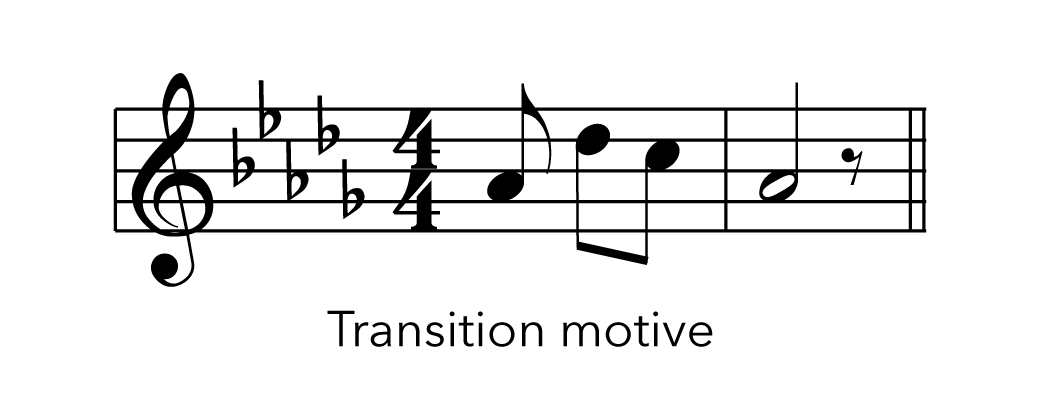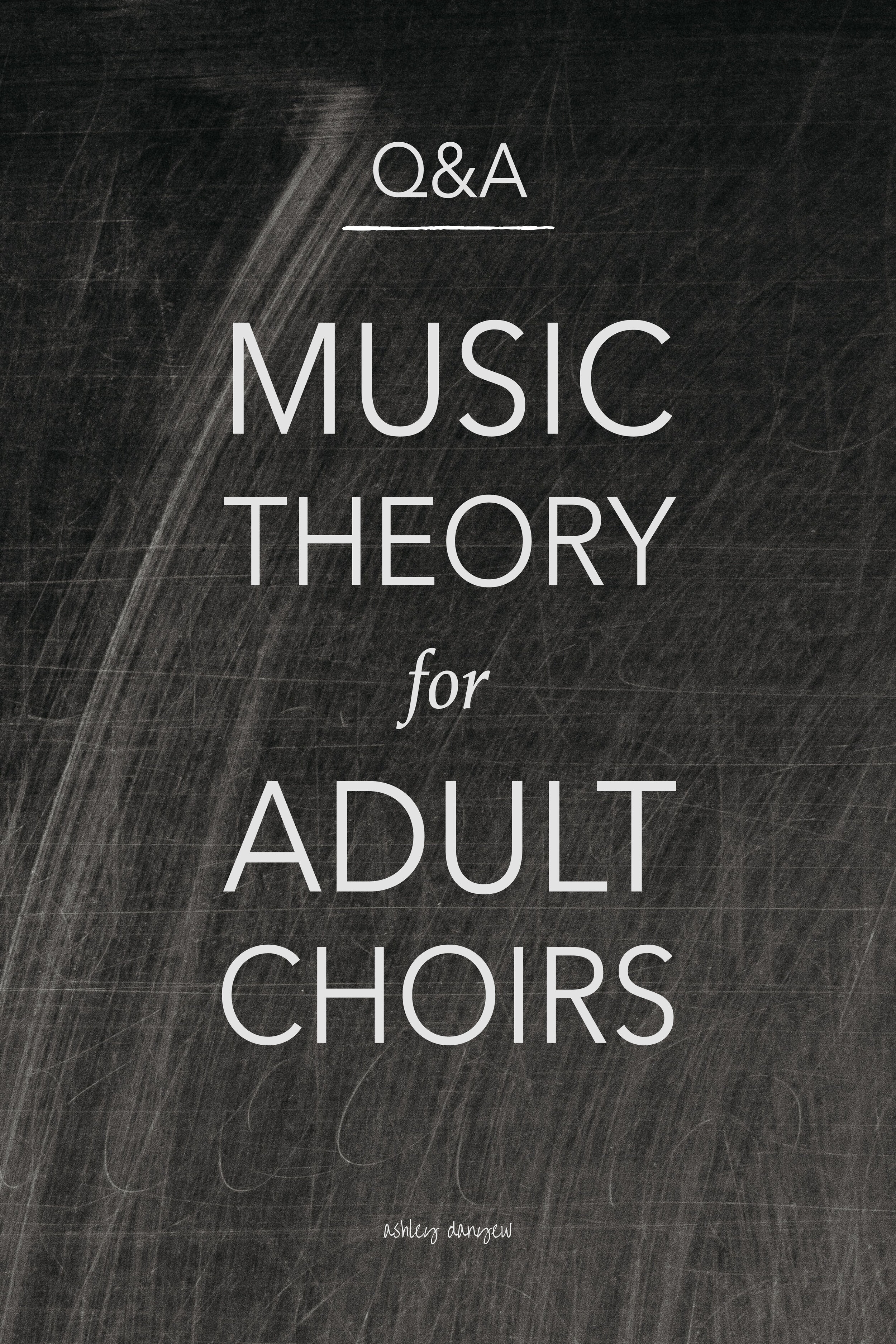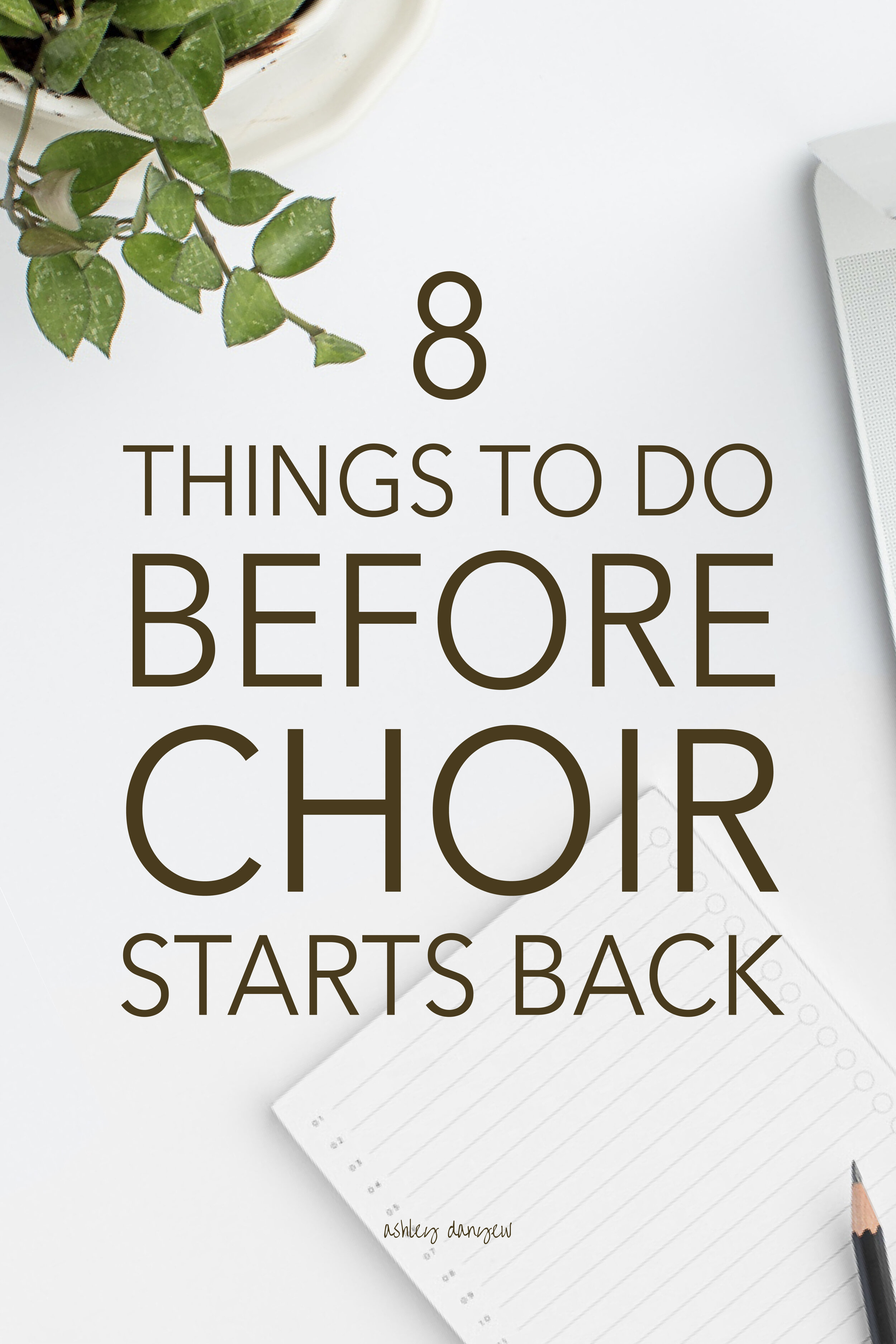There are lots of ways to add musical creativity into worship:
hymn harmonization
transpositions for the last verse
a trumpet obbligato for "Now Thank We All Our God"
traveling music as the choir moves into place
a soprano descant (that your sopranos can sing) for "O Come, All Ye Faithful"
newly-composed parts for the praise band
But every week? Who has time for that?!
There's one thing I’ve been challenging myself to do every Sunday since July. It’s helped me grow as a musician and proved meaningful for congregation members. And now, it’s something I look forward to as part of my planning and preparation for Sunday each week. It is:
Creating transitions from the offertory to the doxology.
If you’ve ever been at a church where they did this, you know the power of seamlessly transitioning from one piece of music into another, especially if the transition incorporates melodic or rhythmic elements from one piece or the other.
There are two things at work here: the value of creativity and the value of transitions.
The Value of Creativity
One of the hallmarks of creativity is fluency – finding more than one way to do something (source). This is a core element of developing musicianship - it connects to the core of who we are as musicians and creators. Another important aspect is flexibility – seeing a challenge or problem as having multiple solutions (source). This is exactly what creating doxology transitions is all about!
The Value of Transitions
Creating musical transitions between the offertory and doxology helps preserve the flow of worship. It also keeps the mood from the offertory: Instead of having an abrupt key/tempo change between pieces, it carries the congregation from giving their tithes and offerings into the doxology. Isn't that the point? :-)
How to Create Transitions
So, how do you create these transitions? Here are a few suggestions and real-life examples from some of my recent offertories:
First, pull a copy of your church’s doxology. What key is it in? What do you usually play as an introduction: the whole verse? The last two phrases? The last four measures? If your introductions are usually on the shorter side, you might consider leading into the second-to-last phrase, to give the congregation a little more time to prepare.
Now, look at the end of your offertory. What key is it in? Is the meter the same as the doxology? If not, you might consider creating a transition in the new meter to help prepare the congregation for what's to come.
If your offertory ends in a different key than the doxology, you’ll need to create a transition that modulates, or changes keys. There are several ways to do this. Here are a few that I've used:
1 | Common chord (pivot) modulation
This type of modulation moves to the new key by way of a chord that both keys have in common (source). If you’re modulating to G major (for OLD 100th), this method works well for offertories in the key of D.
2 | Common tone modulation
Similar to the method above, this approach uses a single note as a bridge from the old key to the new key. Often, this note is played or held alone before continuing in the new key. (source)
3 | Phrase modulation
Here, a phrase is played once in the old key (ending with a cadence), then played again in the new key (source). Easy-peasy. This works well when the two keys are closely related (e.g. the old key, Bb, is the dominant of the new key, Eb).
4 | Sequential modulation
Similar to the approach above, a sequential modulation is based on a sequence, repeated phrase, or melodic pattern transposed up or down. (source)
If possible, try to incorporate musical ideas from your offertory or the doxology. Use melodic fragments, rhythmic patterns, or recognizable motives (e.g. the “Alleluia” motive from LASST UNS ERFREUEN).
Think about the length of your transition and what will work best at that point in the service. I usually keep mine short: 4-8 measures, not including the introduction I normally play for the doxology (another 4-8 measures).
Examples of Doxology Transitions
I thought it might be helpful to include some real-life examples to give you a better sense of what I'm talking about and perhaps give you a few ideas for your own doxology transitions. Here are four transitions I created for offertories I've played recently:
"This Is My Father's World" (arr. Hayes)
Offertory key: ends in C major, meter: 3/4
Doxology key: Eb major (LASST UNS ERFREUEN), meter: 3/2
Replace the last eight measures of the arrangement with the following transition:
Doxology Transition:
m. 1 - rolling C major arpeggio in L.H.
m. 2 - "Alleluia" motive starting on High C (pick-ups in m. 1)
m. 3 - rolling A minor arpeggio in L.H.
m. 4 - "Alleluia" motive starting on High C (pick-ups in m. 3)
m. 5 - rolling F minor arpeggio in L.H.
m. 6 - "Alleluia" motive starting on Ab in the staff (pick-ups in m. 5)
mm. 7-8 - Bb chord with 4-3 suspension in R.H. (Bb-Eb-F to Bb-D-F)
Play the Chorus of the Doxology as an introduction.
"Sweet By and By" (arr. Choplin)
Offertory key: ends in Ab major, meter: 4/4
Doxology key: G major (OLD 100th), meter: 4/4
This transition uses the "By and By" motive from the penultimate measure of the arrangement.
Transition:
m. 1 - low Ab in L.H. + "By and By" motive
m. 2 - low F in L.H. + "By and By" motive
m. 3 - low Db in L.H. + "By and By" motive + Ab in the staff
m. 4 - D major chord with 4-3 suspension in R.H. (D-G-A to D-F#-A)
Play the last two phrases of the Doxology as an introduction.
"Savior, Like a Shepherd, Lead Us" (arr. Rice)
Offertory key: ends in Bb major, meter: 4/4
Doxology key: Eb major (LASST UNS ERFREUEN), meter: 3/2
The third-to-last measure of this arrangement has a descending line reminiscent of the "Alleluia" motive:
Transition:
m. 1 - Modified "Alleluia" motive as written (see above) - could play in 3/4 or 4/4
m. 2 - Modified "Alleluia" motive 8va
m. 3 - Doxology chorus (with pick-ups in m. 2)
Play the Modified "Alleluia" motive as written for the 2nd phrase of the introduction.
"Make Me a Channel of Your Peace" (arr. Hayes)
Offertory key: ends in Db major, meter: 4/4
Doxology key: G major (OLD 100th), meter: 4/4
This transition uses a simple 4-note melodic pattern over a descending bass line:
Transition:
m. 1 - Transition motive over low Gb in L.H. (pick-ups in last measure of piece)
m. 2 - Transition motive over low F in L.H.
m. 3 - Transition motive over low Eb in L.H.
m. 4 - Transition motive over low Db in L.H., D major chord on beat three with 4-3 suspension in R.H. (D-G-A to D-F#-A)
Play the last two phrases of the Doxology as an introduction.
Looking for more support?
Join me in The Church Musician Primer, a 4-week online keyboard skills class for church music directors, keyboardists, and organists to help you learn and develop must-have 21st-century music skills.
I’d love to hear from you:
Questions? Feel free to ask them in the comments below.
Do you play musical transitions into the doxology each week? I’d love to hear about your process!
More resources for creating your own transitions:
Creating Transitions Between Hymns and Traditional Music (by Mark Hayes)
Five Ideas for Creative Hymn-Playing
How to Channel Your Inner Five-Year-Old
Two Quick Keyboard Transitions (by Mark Hayes)
Tried-and-True Favorite Collections for the Church Pianist
Score-Study for Church Musicians















































